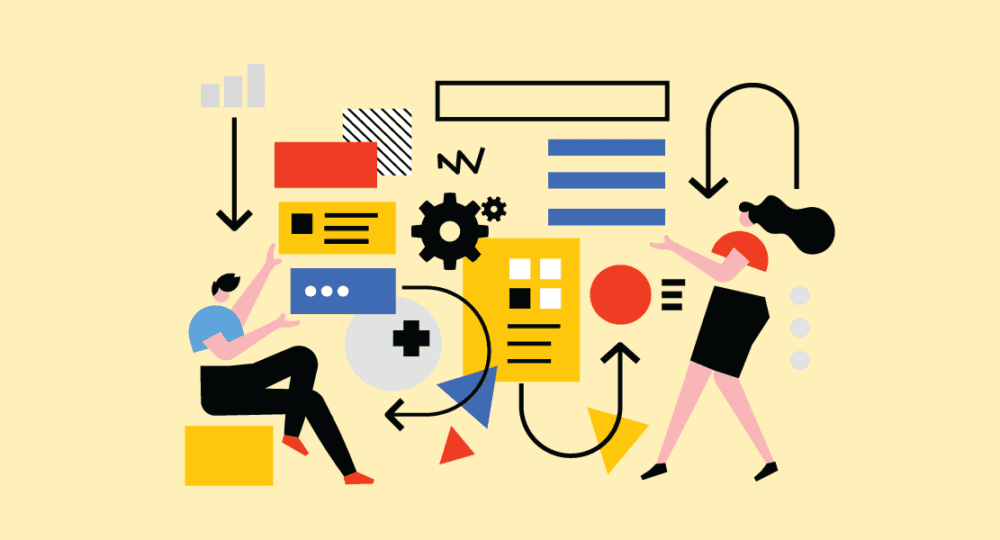As noted in the previous blog, Process Improvement-What makes a good business GREAT!, process improvement is the action of enhancing processes to reach a better outcome. To perform those “actions,” one needs tools, and there are many to choose from. I, Stacy Gehm RN, have a few tools I frequently use at Registry Partners: Process Mapping/Flowcharts and 5 Whys.
Process mapping or flowcharting provides a visual representation of a workflow/process. The process of creating the map can help identify who and what is involved in a process, potential bottlenecks, and areas for improvement. In addition, the visual representation allows you to view the process as a whole and see the links between activities.
In process mapping, each aspect of a process is identified using shapes and colors. Steps are identified using different shapes to distinguish the type of step, i.e., diamond for decisions, circle for stop/start, squares for tasks. Colors may be used to indicate specific people or roles. In addition to seeing a process mapped out, there may be an opportunity to identify “holes” in a process. For example, here at Registry Partners, we mapped the steps of onboarding a new hire and realized that our software support was manually monitoring when the new email was set up to continue user set up. Because of this, we added a step for notification.
5 Whys is a simple tool that can be used to resolve simple or moderately difficult issues. The idea is that after identifying a problem, you can get to the root cause by asking “why?” five times (rule of thumb). Asking “Why?” sounds simple, but answering it requires more thought, especially when responses must be factual and backed by either quantitative or qualitative data. Once the whys are answered and the root issue apparent, counter-measures to ensure this issue does not continue can be discussed and implemented.
“The important thing is to never stop questioning” – Albert Einstein
Finally, another favorite tool is 5S’s: Sort, Set in Order, Shine Standardize, and Sustain. This tool can be used both professionally and personally. For example, a child’s clothes dresser, much like a filing system, can be improved using the 5S’.
- Sort: Sort through the clothes keeping only what is needed.
- Set: Set in order so everything has a place to allow for easy access and is quickly stored.
- Shine: Shine is for keeping it clean and organized.
- Standardize: Create standards and a procedure to follow to ensure the dresser remains organized.
- Sustain: Sustain this new system by developing a sense of self-discipline and conducting evaluations regularly.
Each of the methodologies (i.e., Lean, Six Sigma) provides a systematic approach to process improvement; however, many of the tools are similar. The tools are there to assist in seeing the steps of a process, finding the root cause, holes, or bottlenecks, and implementing change for improvement.





